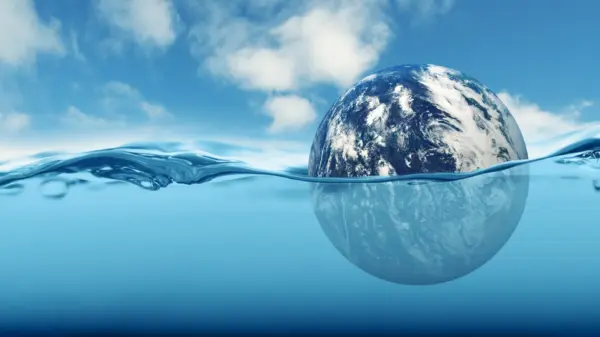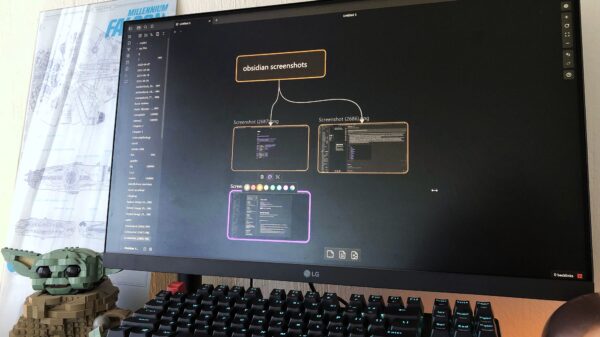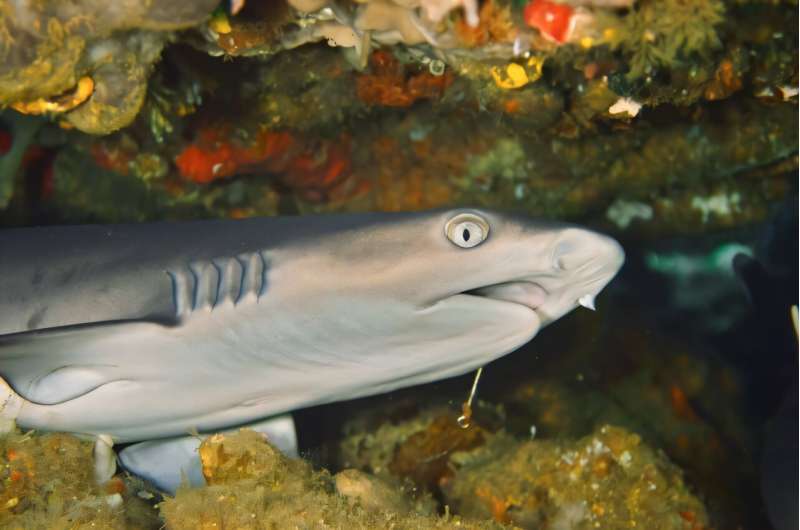International researchers from the University of Vienna have revealed a continuous decline in shark and ray biodiversity over the past 100 million years, contradicting earlier beliefs that suggested a stable or increasing trend. This significant finding, published in the journal Scientific Reports, sheds light on the current state of marine conservation and the factors influencing the survival of these species.
Led by paleontologist Manuel A. Staggl, the research team explored the evolutionary history of cartilaginous fish, which include modern sharks and rays. “These species have survived numerous mass extinction events over the past 400 million years. Yet today, over a third of neoselachians face extinction risks,” Staggl explained. Understanding the historical environmental influences on their diversity is crucial for developing effective conservation strategies.
The team analyzed extensive fossil records alongside historical climate data, including temperature fluctuations, carbon dioxide (CO2) levels, and habitat availability. The results challenged previous assumptions about the resilience of sharks and rays, particularly regarding the mass extinction event caused by an asteroid impact 66 million years ago. Contrary to earlier beliefs, this catastrophic event had a relatively minor impact on these species, allowing them to recover swiftly.
Jürgen Kriwet, head of the Evolutionary Morphology Research Group at the University of Vienna, noted that biodiversity among sharks and rays peaked during the Eocene, approximately 45 million years ago, when global temperatures were significantly warmer. Since that peak, the decline in biodiversity has been attributed to several environmental factors.
One of the key factors identified is habitat availability. Shallow, coastal areas have emerged as critical biodiversity hotspots. Kriwet emphasized the link between habitat diversity and the emergence of new shark and ray species. “The more diverse the shallow marine habitats, the more species developed,” he stated. However, these crucial habitats are currently under threat from coastal development, pollution, and climate change.
The role of CO2 in marine ecosystems proved to be particularly complex. Moderate levels of CO2 were found to foster biodiversity among sharks and rays by promoting photosynthesis in algae and seagrass meadows. This, in turn, supports the entire marine food chain. Yet, if CO2 levels rise excessively, as shown in previous studies, the overall health of marine ecosystems suffers. Staggl cautioned, “While moderate CO2 levels can benefit biodiversity, excessive levels pose a significant threat, particularly through the ocean acidification driven by human activities.”
The current biodiversity crisis is characterized by rapid changes due to overfishing, habitat destruction, and climate change, which differ fundamentally from historical threats. “In the past, sharks and rays had time to adapt to environmental shifts or migrate to more suitable areas. Today, these changes are occurring at an unprecedented pace,” Staggl remarked. This rapid transformation places specialized species, such as deep-sea sharks, at heightened risk, as they struggle to adapt to warming waters.
The findings from this research underscore the urgency for effective conservation strategies. Staggl emphasized that protecting and restoring diverse coastal habitats must be prioritized. Concurrently, drastic reductions in CO2 emissions are essential to mitigate ocean acidification effects. “Marine conservation efforts must extend beyond merely regulating fishing quotas. A comprehensive approach that accounts for entire habitats and the climate system is necessary,” he concluded.
This study not only challenges previous assumptions about the resilience of sharks and rays but also highlights the critical need for informed conservation efforts in the face of escalating environmental challenges. As marine biodiversity continues to decline, the insights gained from this research may play a vital role in shaping future conservation policies.








































































